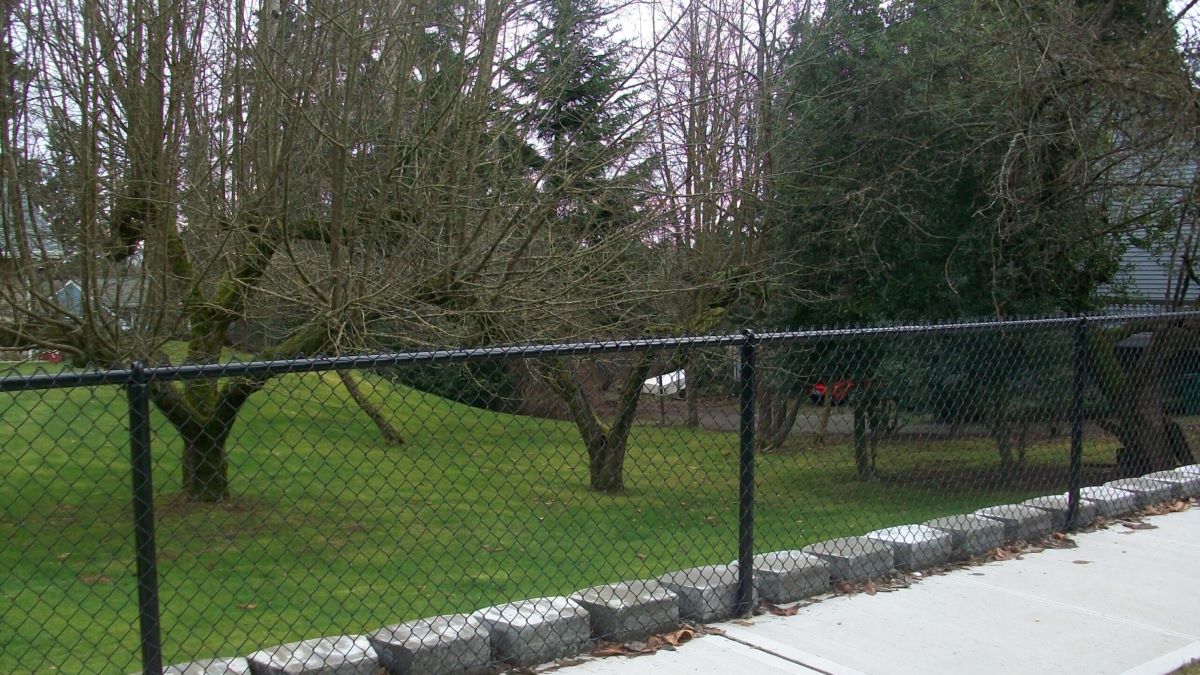

Articles
How Far Apart Are Chain Link Fence Posts
Modified: February 23, 2024
Learn about the proper spacing for chain link fence posts and ensure a secure and durable installation. Read our informative articles on this topic.
(Many of the links in this article redirect to a specific reviewed product. Your purchase of these products through affiliate links helps to generate commission for Storables.com, at no extra cost. Learn more)
Introduction
When it comes to installing a chain link fence, one of the crucial considerations is the spacing between the fence posts. Proper spacing ensures structural integrity, stability, and a visually appealing result. But how far apart should chain link fence posts be? The answer depends on various factors such as the purpose of the fence, the height of the fence, and the local building codes.
In this article, we will delve into the factors you should consider when determining the spacing between chain link fence posts. We will also discuss the standard spacing guidelines and the exceptions to those guidelines. Additionally, we will provide a step-by-step guide on how to install chain link fence posts effectively.
Whether you are a homeowner looking to install a chain link fence for security or a contractor seeking to complete a project, understanding the proper spacing for fence posts is essential. So, let’s dive in and explore the world of chain link fence post spacing!
Key Takeaways:
- Proper spacing between chain link fence posts is crucial for stability, strength, and compliance with local regulations. Factors such as fence purpose, height, wind loads, soil composition, and building codes influence the spacing decision.
- While standard spacing guidelines provide a starting point, exceptions exist for gateposts, corner posts, sloping ground, windy areas, and additional supports. Proper installation of chain link fence posts is essential for security, durability, and aesthetic appeal.
Read more: How To Stretch A Chain Link Fence
Factors to Consider
Before determining the spacing between chain link fence posts, it’s important to consider several factors that may influence your decision. By taking these factors into account, you can ensure that your fence not only meets your specific needs but also complies with local regulations.
1. Purpose of the Fence: The primary purpose of your chain link fence will play a significant role in determining the spacing between posts. If you’re installing a fence for security reasons, you will need closer post spacing to ensure strength and stability. On the other hand, if the fence is purely decorative or serves as a boundary marker, wider post spacing may be suitable.
2. Fence Height: The height of your chain link fence is another key consideration. Taller fences require closer post spacing to handle the increased weight and maintain stability. Lower height fences may allow for wider post spacing, depending on the specific requirements of your project.
3. Wind Loads: The local wind conditions in your area should also be taken into account. If you reside in a region prone to strong winds, closer post spacing is necessary to withstand the wind loads and prevent the fence from leaning or collapsing.
4. Soil Composition: The type and condition of the soil on your property can affect the stability of your chain link fence. Soft or sandy soil may require closer post spacing to prevent the posts from sinking or shifting. Conversely, firm and compact soil may allow for wider post spacing.
5. Local Building Codes: It is crucial to consult your local building codes and regulations regarding fence installation. Some municipalities may have specific requirements for chain link fence post spacing, and failure to comply may result in penalties or the need for costly modifications down the line.
By considering these factors, you can make an informed decision about the spacing between your chain link fence posts. Keep in mind that it’s always recommended to consult with a professional contractor or local authorities to ensure compliance and optimal performance of your fence.
Standard Spacing Guidelines
While the spacing between chain link fence posts can vary depending on the factors mentioned earlier, there are some standard guidelines that can serve as a starting point for your project. These guidelines provide a general framework to ensure a stable and visually pleasing fence.
The most common standard spacing for chain link fence posts is between 6 and 10 feet. This spacing is measured from the center of one post to the center of the next post. The exact spacing within this range will depend on the specific requirements of your project.
If you’re installing a shorter fence (up to 4 feet in height), you can opt for wider post spacing, closer to the 10-foot mark. However, for taller fences (over 4 feet), it is recommended to have closer post spacing, around 6 to 8 feet, to maintain the structural integrity of the fence.
The purpose of these standard spacing guidelines is to distribute the weight of the fence evenly and provide sufficient support for the chain link fabric. By spacing the posts appropriately, you can minimize sagging and ensure the fence remains upright and secure.
It is important to note that these guidelines are general recommendations and may need to be adjusted based on the specific conditions of your project. Factors such as wind loads, soil composition, and local building codes can influence the appropriate spacing for your fence.
Remember to always consult with a professional or local authorities to ensure compliance with any applicable regulations and to determine the best spacing for your specific situation.
By following these standard spacing guidelines, you can create a chain link fence that is aesthetically pleasing, sturdy, and functional for its intended purpose.
Chain link fence posts are typically spaced 6-10 feet apart, depending on the height of the fence and the level of tension needed. Closer spacing provides more support for the fence.
Exceptions to Standard Spacing
While standard spacing guidelines provide a helpful starting point, there are some exceptions where deviating from the norm may be necessary. These exceptions are typically influenced by specific circumstances or requirements unique to your project.
1. Gateposts: Gateposts are an essential element of any chain link fence, providing access points for people and vehicles. Due to the additional stress applied to gateposts, it is recommended to have closer post spacing for increased stability. The spacing between gateposts can be narrower than the standard spacing used for regular fence posts.
2. Corner Posts: Corner posts bear more tension from the chain link fabric, acting as anchor points for the fence. Therefore, it is common practice to position them with a narrower spacing compared to regular posts. Closer post spacing for corner posts helps maintain the structural stability and prevents the fence from sagging or leaning at corners.
3. Sloping Ground: If your property has uneven or sloping ground, the spacing between fence posts may need to be adjusted accordingly. In areas with significant slope variations, it is necessary to place the posts closer together to ensure the chain link fabric is adequately supported and does not have large gaps at the bottom.
4. Windy Areas: In regions with high wind loads, it is recommended to reduce the spacing between fence posts. This helps distribute the wind forces more evenly and prevents the fence from swaying or becoming damaged. Consulting local wind load requirements can provide insights into the specific post spacing needs for such areas.
5. Additional Supports: Depending on the conditions and requirements of your project, you may need to incorporate additional supports. This could include tension wires or bracing to reinforce specific sections of the fence or mitigate tension caused by external factors.
When encountering exceptions to standard spacing guidelines, it is essential to evaluate the specific needs of your project and consult with professionals or local authorities. They can provide guidance based on their expertise and ensure that the fence is structurally sound and complies with any regulations or codes in your area.
Remember, safety and stability should remain the top priorities when deviating from standard spacing guidelines for chain link fence posts.
Installing Chain Link Fence Posts
Proper installation of chain link fence posts is crucial to ensure the structural integrity and longevity of the fence. Here is a step-by-step guide to help you install chain link fence posts effectively:
- Marking the Fence Line: Begin by marking the fence line where you want to install the chain link fence. Use stakes and string to create a straight and level line.
- Digging the Post Holes: Use a post hole digger or an auger to dig holes for the fence posts. The depth of the holes should be determined according to local building codes and the height of the fence. Typically, a depth of one-third to one-half the height of the post is recommended.
- Setting the Posts: Place the fence posts in the holes and ensure they are level and plumb. Backfill the holes with concrete or gravel, tamping it down to provide stability for the posts.
- Securing the Posts: Allow the concrete to cure according to the manufacturer’s instructions. Once the concrete has hardened, check the posts again to ensure they are still level and plumb. Adjust if necessary.
- Attaching the Fence Fabric: Unroll the chain link fence fabric along the fence line. Attach it to the first post using tension bands and secure it with appropriate fasteners. Pull the fabric taut and continue attaching it to the remaining posts.
- Stretching the Fence: Using come-alongs or a fence stretcher, apply tension to the chain link fabric to ensure it is tight and free from sagging. Secure the fabric to the remaining posts using tension bands and fasteners.
- Installing Gates: If your chain link fence includes gates, follow the manufacturer’s instructions for gate installation. Ensure the gate posts are securely set and that the gates open and close smoothly.
- Finishing Touches: Trim any excess chain link fabric if necessary. Check all the connections, fasteners, and tension bands to ensure they are secure. Lastly, do a final inspection to ensure your fence is sturdy, level, and visually appealing.
Remember to consult local building codes and regulations throughout the installation process and use appropriate safety precautions. It is advisable to seek professional assistance or guidance if you are uncertain about any aspect of the installation process.
By following these steps carefully and paying attention to detail, you can successfully install chain link fence posts that will provide security, durability, and aesthetic appeal to your property.
Conclusion
Installing a chain link fence involves careful consideration of various factors, including the spacing between the fence posts. By understanding the purpose of the fence, the height of the fence, wind loads, soil composition, and local building codes, you can determine the appropriate spacing for your chain link fence posts.
While there are standard spacing guidelines, it’s important to remember that exceptions may apply based on specific circumstances. Gateposts, corner posts, sloping ground, windy areas, and the need for additional supports all warrant closer post spacing.
Proper installation of chain link fence posts is vital to ensure the stability and longevity of the fence. Following the step-by-step guide for installing chain link fence posts will help you achieve a secure and visually appealing result. Remember to consult professionals or local authorities to ensure compliance with regulations and to address any unique requirements for your project.
By carefully considering the factors, following the guidelines, and installing the chain link fence posts correctly, you can create a fence that not only serves its purpose but also enhances the overall appearance of your property. Whether it’s for security, privacy, or simply adding a boundary, a well-installed chain link fence can offer peace of mind and enhance the value of your property.
So, take the time to plan, measure, dig, and secure your chain link fence posts, and enjoy the benefits of a sturdy and reliable fence that will stand the test of time.
Frequently Asked Questions about How Far Apart Are Chain Link Fence Posts
Was this page helpful?
At Storables.com, we guarantee accurate and reliable information. Our content, validated by Expert Board Contributors, is crafted following stringent Editorial Policies. We're committed to providing you with well-researched, expert-backed insights for all your informational needs.
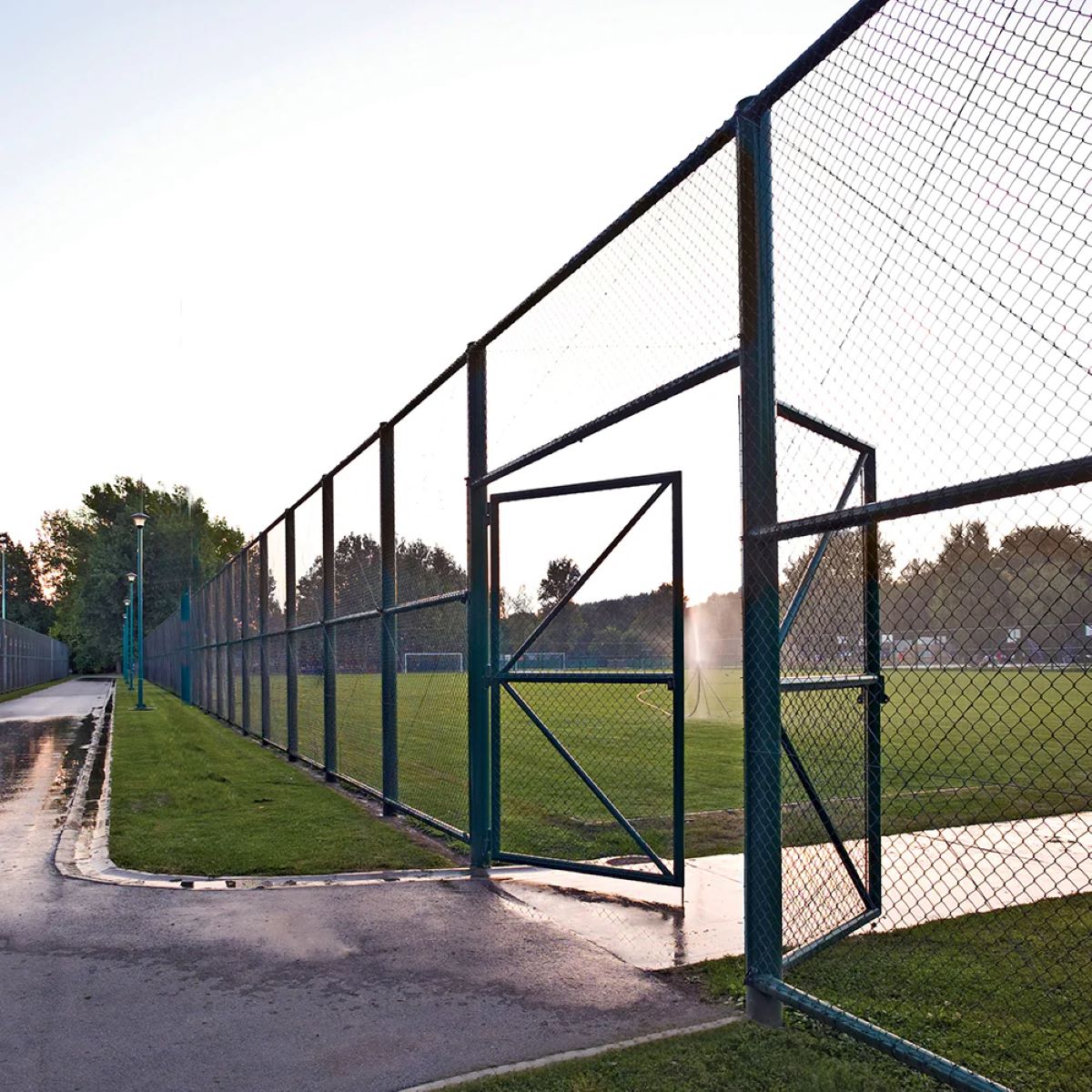


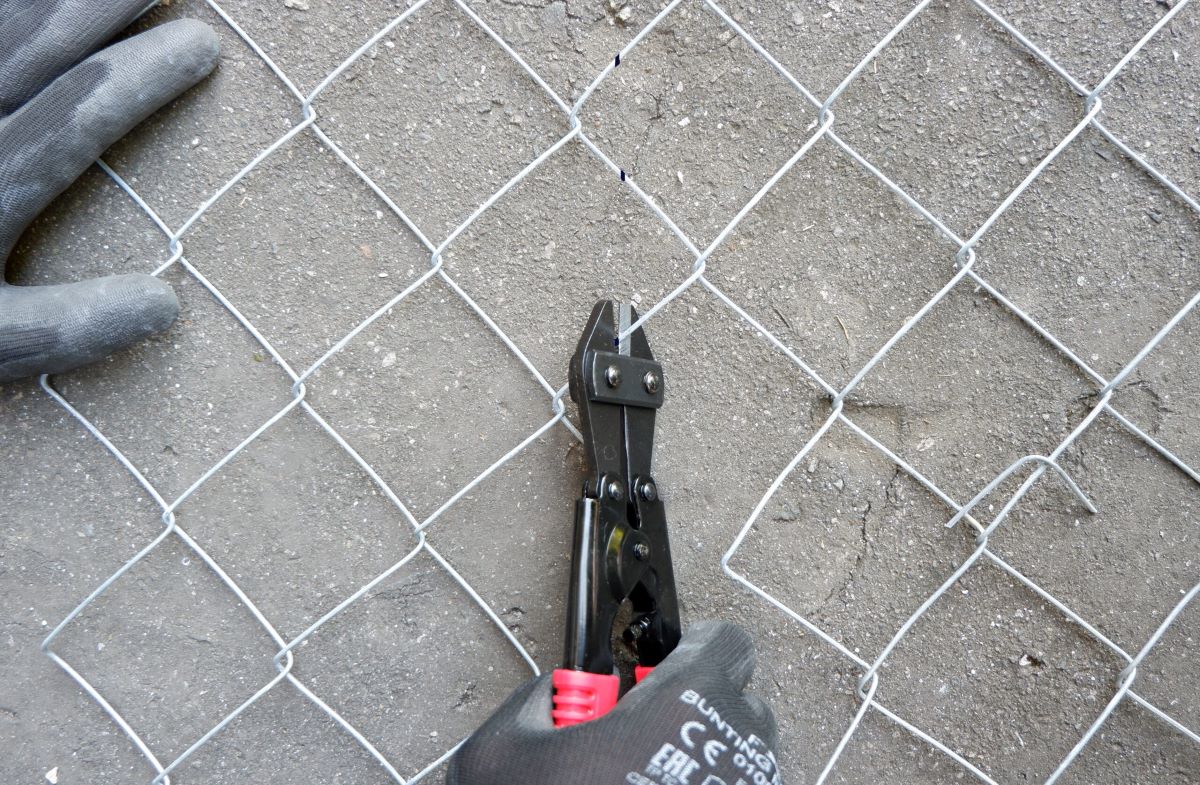
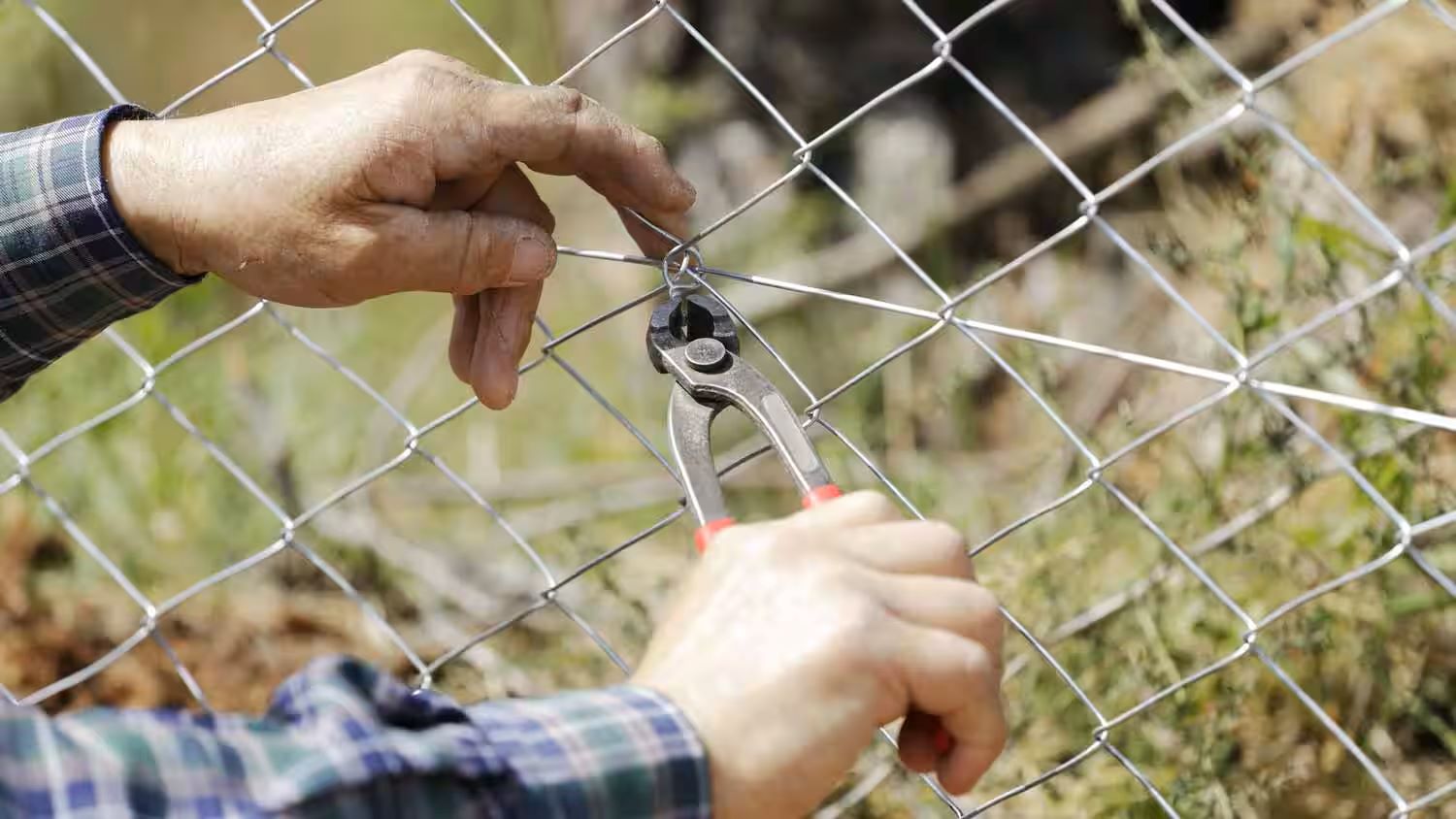
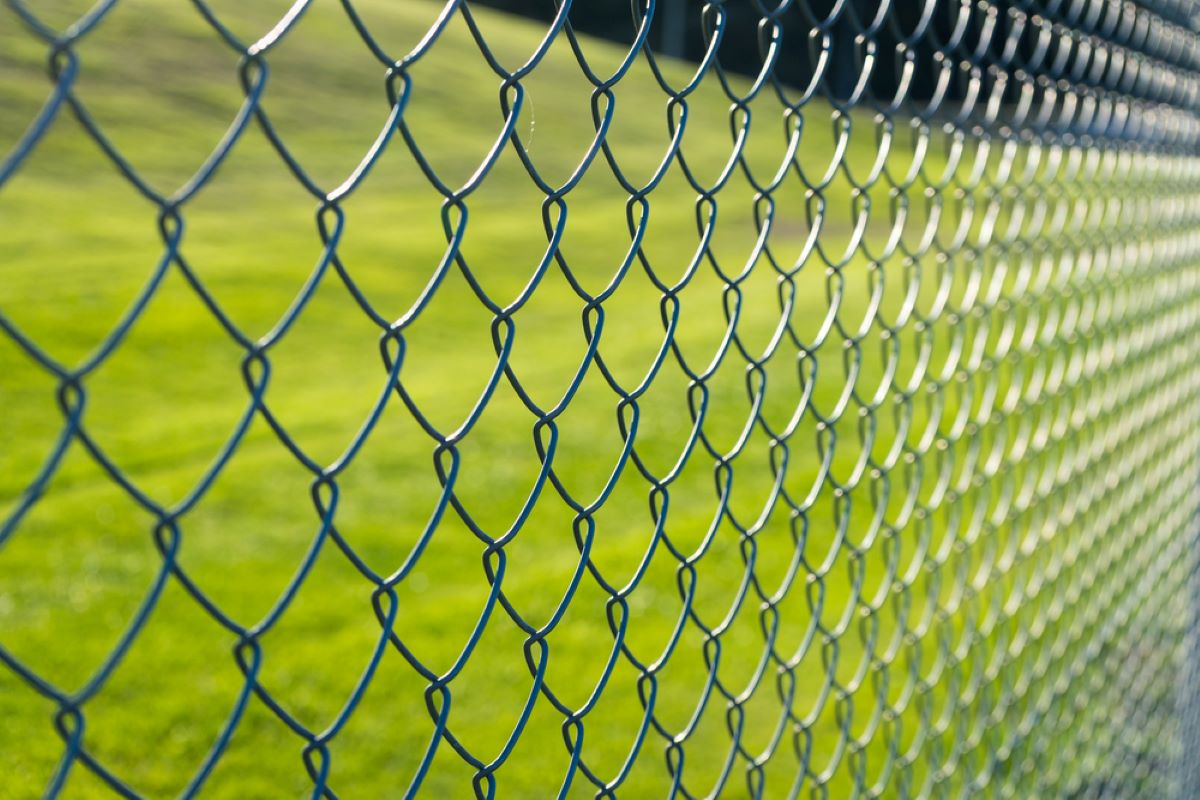

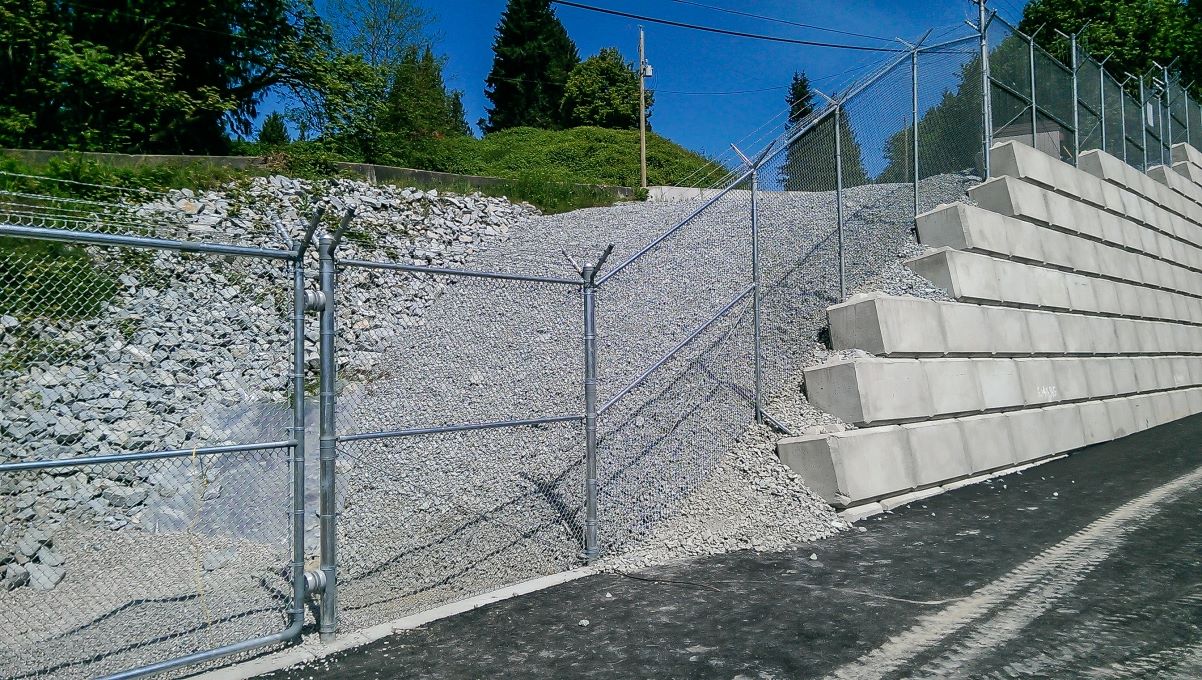
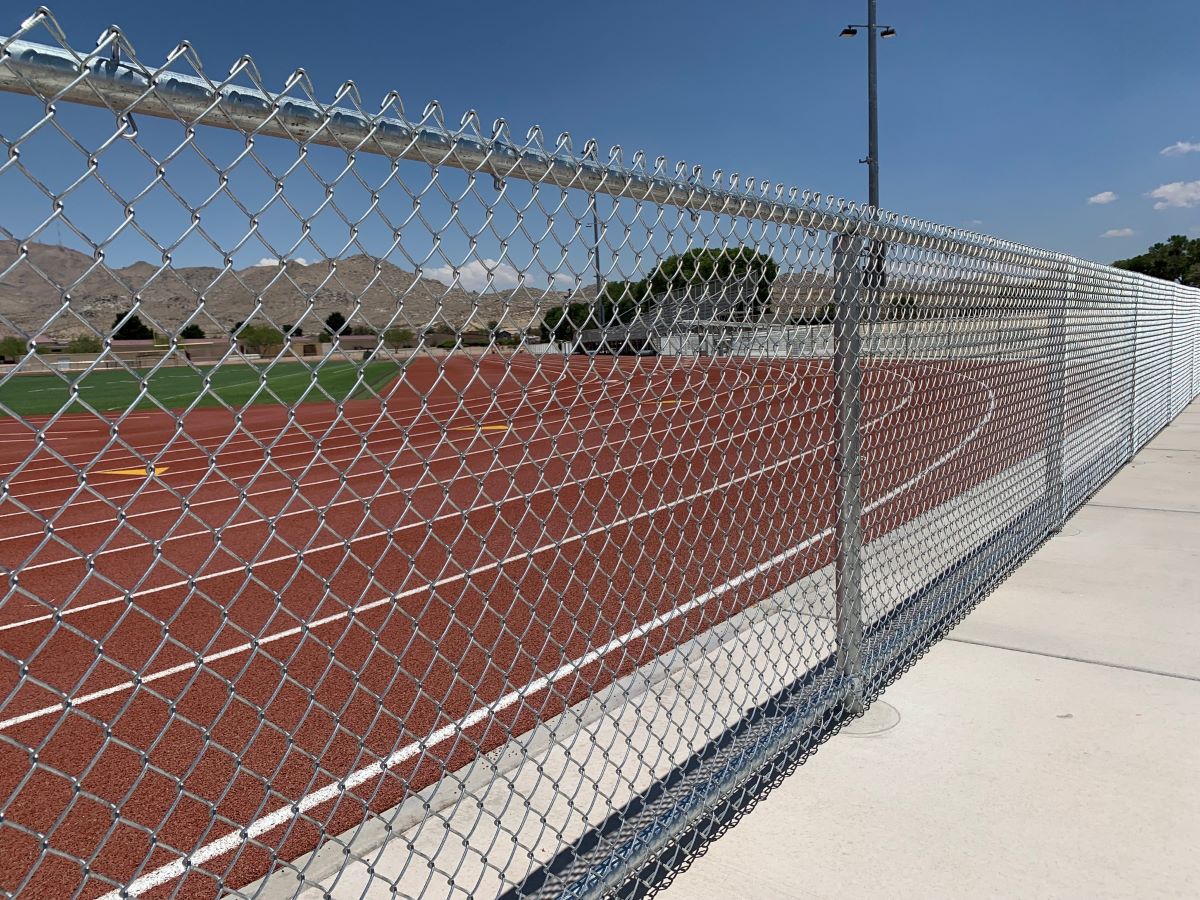
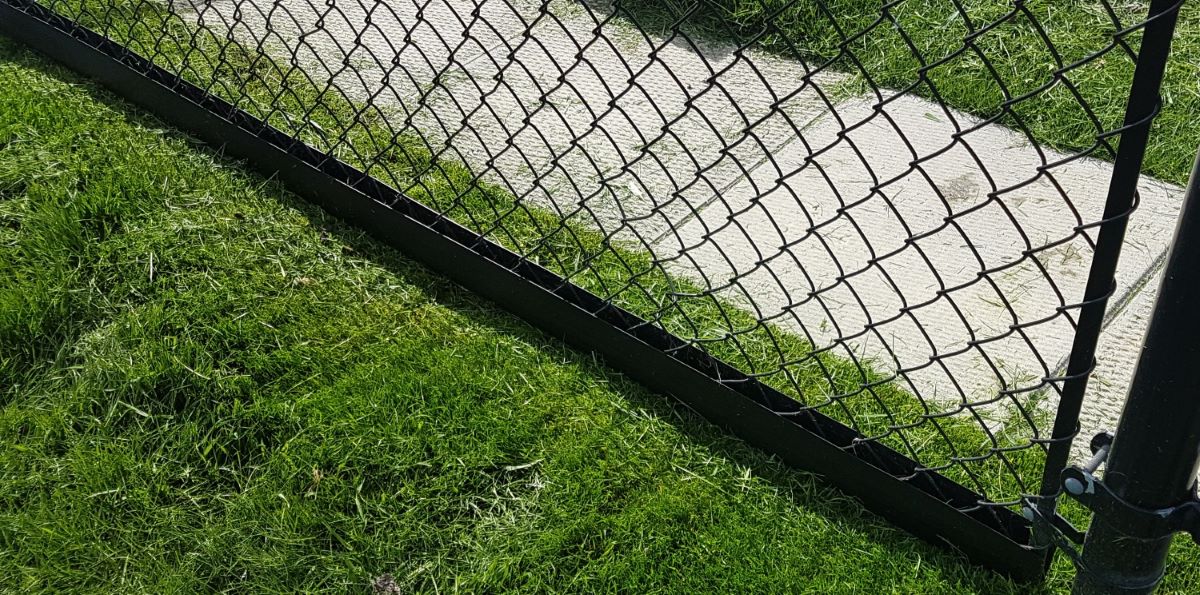
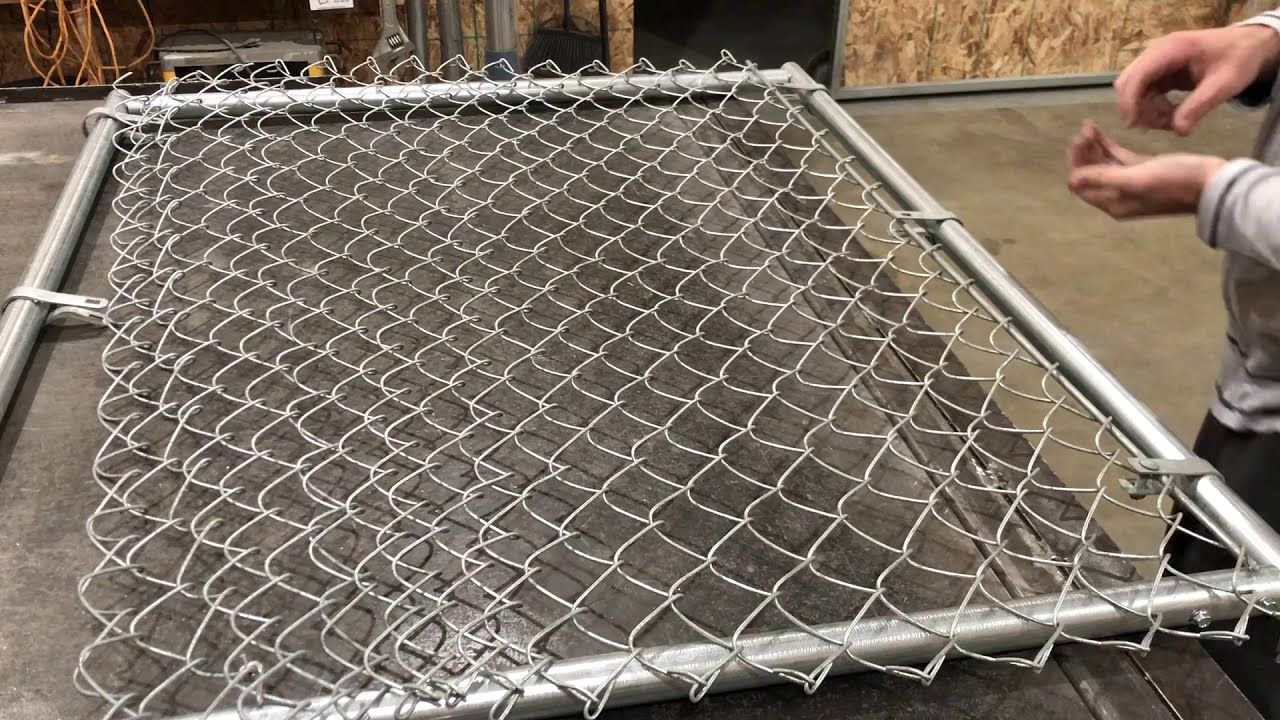
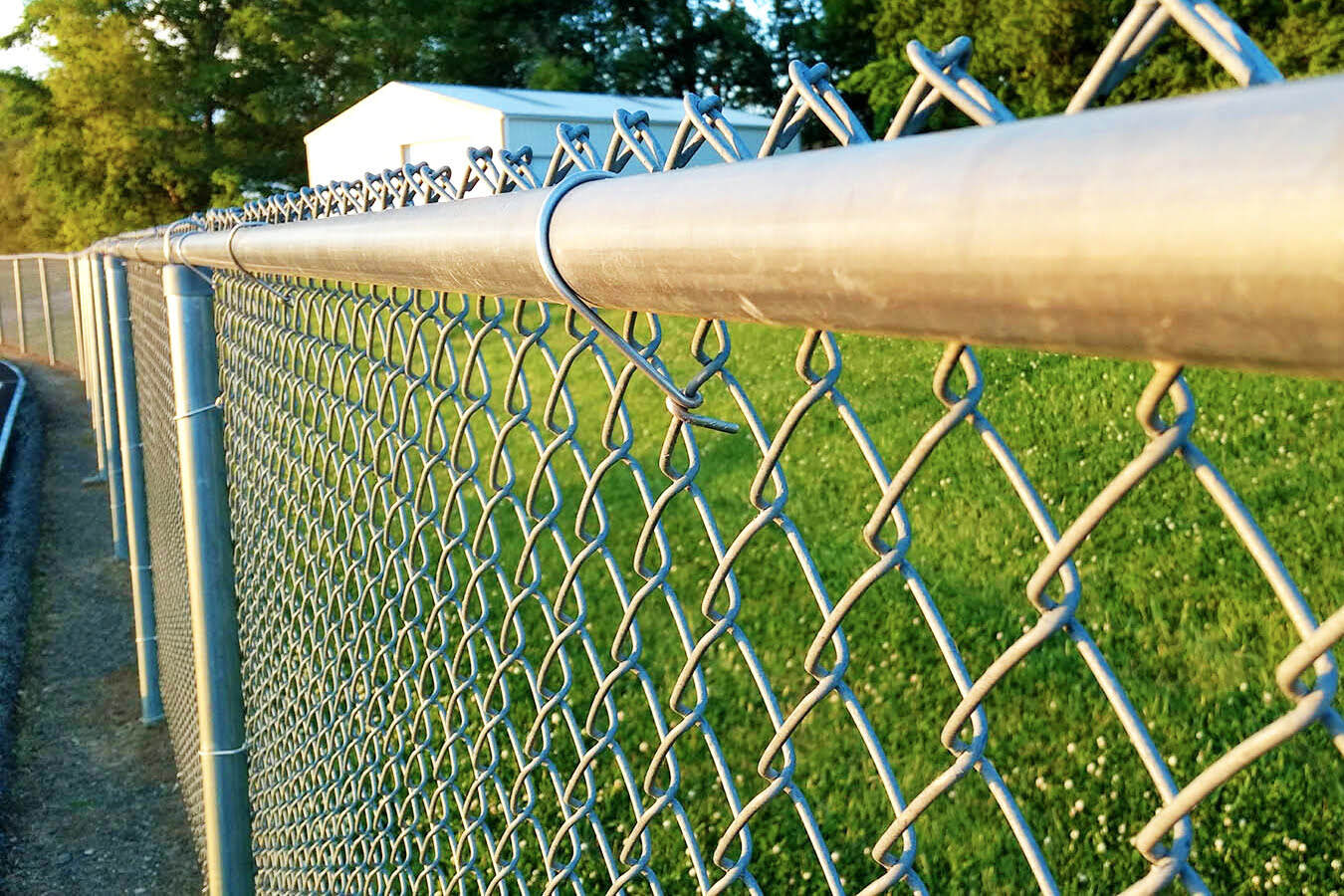
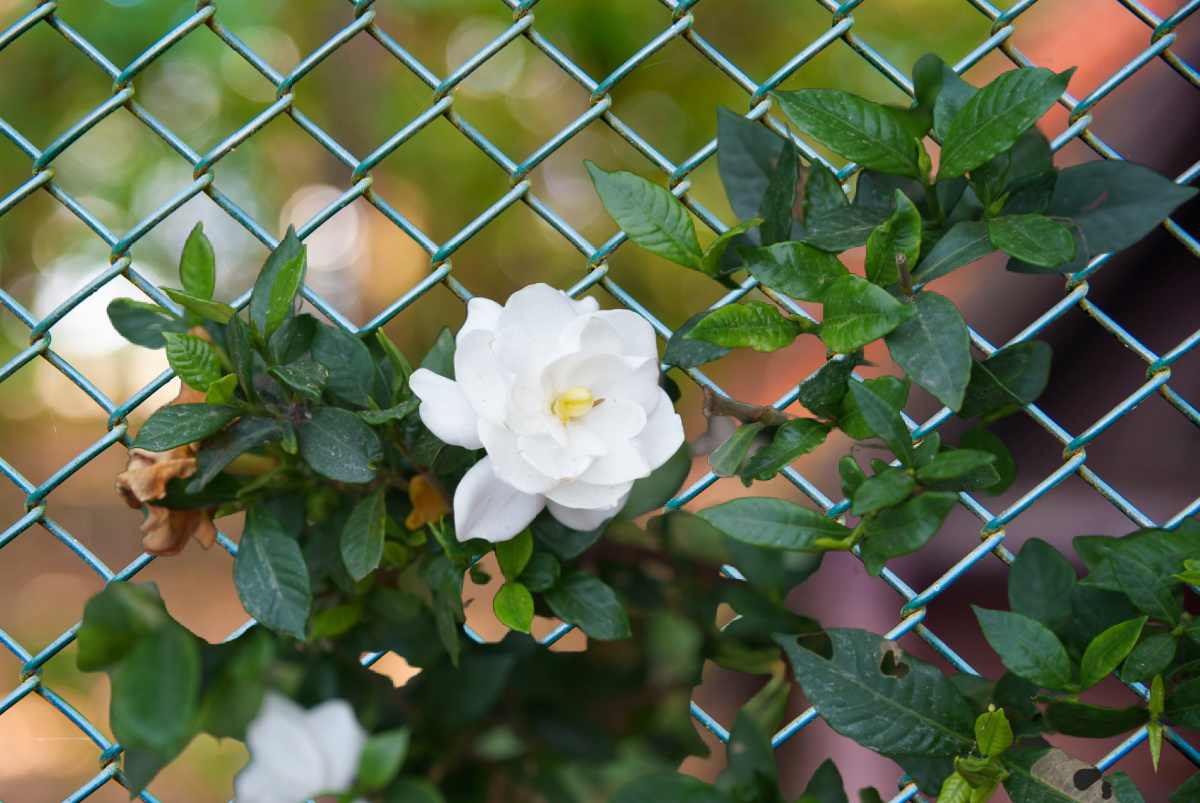
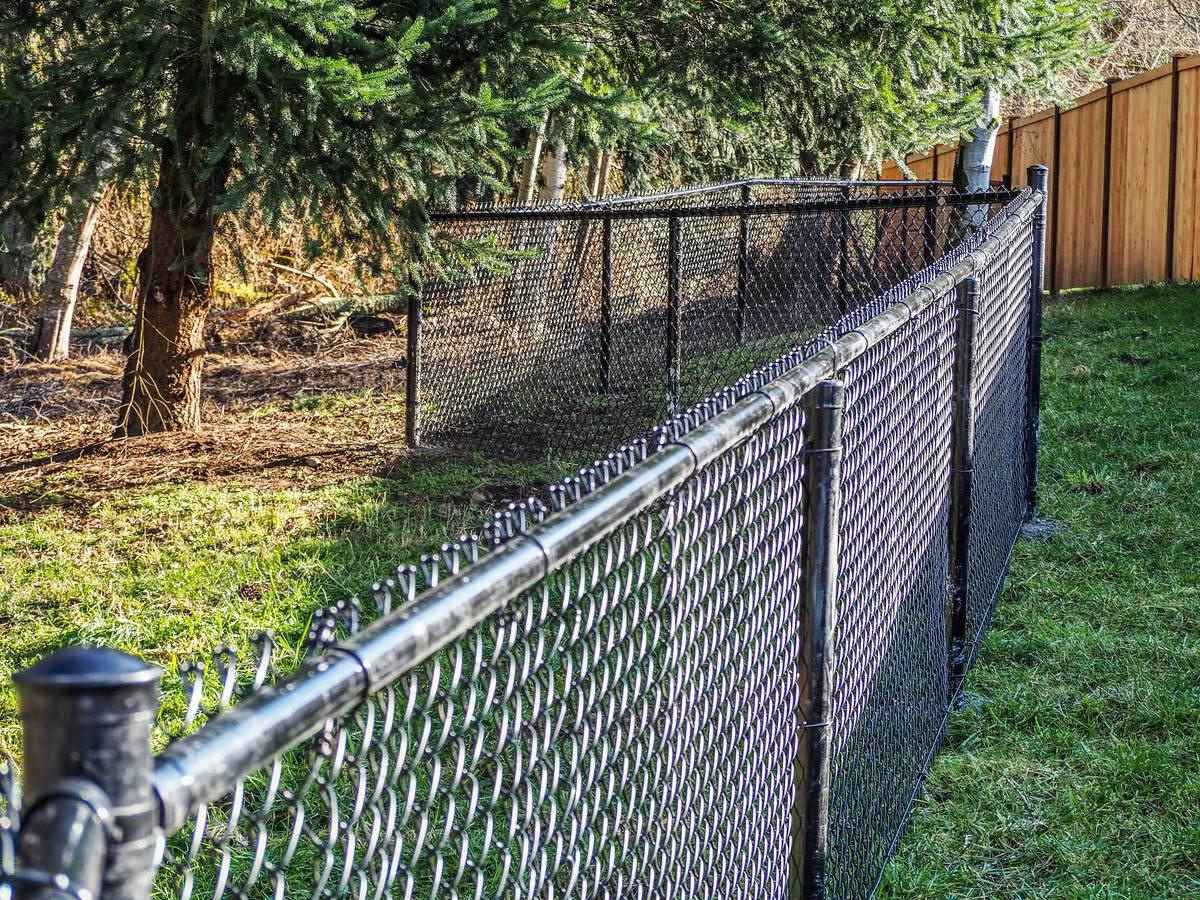

0 thoughts on “How Far Apart Are Chain Link Fence Posts”